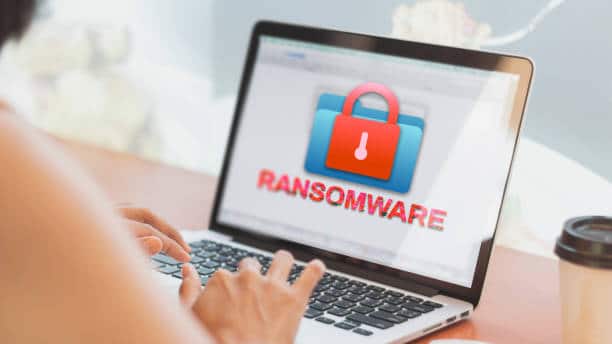RANSOMWARE 101… What You Need To Know

What is Ransomware?
According to I.T. experts, ransomware is described as the “kidnapper” in the World Wide Web. Ransomware commonly comes in the form of malicious software or attachments that encrypt documents, data, or files. The goal of these attacks is more complex than just stealing your data and credentials. Additionally, they want to hold your information hostage and demand payment if you want to return to your normal operations...
Where/How Does Ransomware Attack?
Ransomware attacks local devices and any network-connected storage, which means any vulnerable device makes the local network a potential victim. Ransomware is often spread through phishing emails that contain encrypted messages, malicious attachments, and drive-by downloading. Drive-by downloading occurs when a user unknowingly visits an infected website and is unaware that malware has been downloaded.
Best Practices Against Ransomware:
- Continuous Data Backups: Maintaining data backups as a routine process is a very important habit to prevent losing data and an easier way to recover the data in the event of corruption and malfunction.
- Patching: An organization should have the latest patches applied on each of its systems, as it reduces the vulnerability of the network. Patching your system will not only protect you from attacks but will also strengthen your wall against it.
- User Authentication: The use of strong user authentication will make it hard for cybercriminals to steal your credentials which is the gateway to your entire network.
- Cybersecurity Awareness Training: Ransomware is often spread through phishing emails. Regular employee training is important to keep them up to date with the latest types of attacks.
With the increasing growth of hackers in the World Wide Web, we should always be one step away from them. Paul Jackson, CEO, and Cybersecurity Specialist, knows the right tools and programs to help your organization save hundreds of dollars against ransomware attacks.
Cybersecurity Risk Assessments can be conducted on your business to identify current risks to your information systems that make you more vulnerable to these kinds of attacks.
Get your cybersecurity strategy in line. CONTACT US TODAY TO LEARN MORE!
